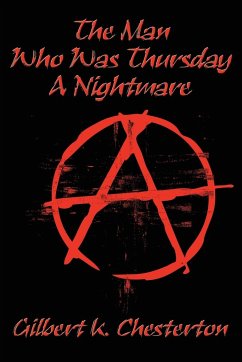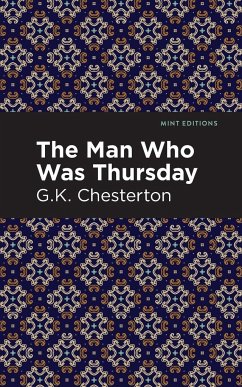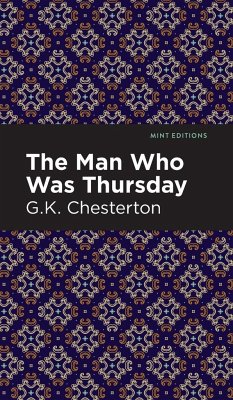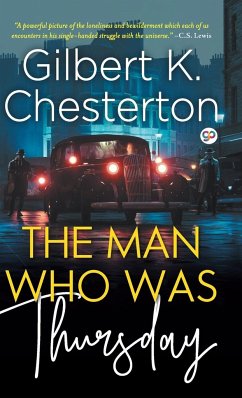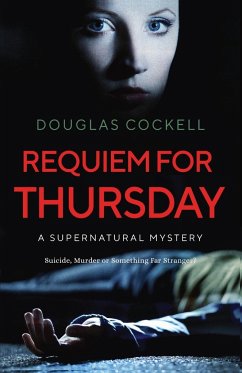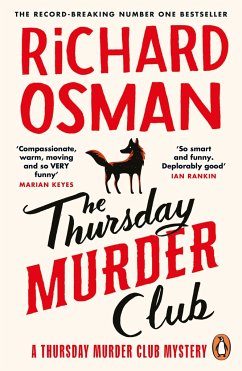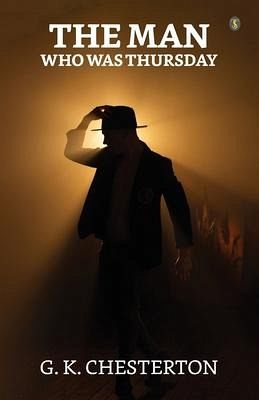
The Man Who Was Thursday
Versandkostenfrei!
Versandfertig in 1-2 Wochen
16,99 €
inkl. MwSt.

PAYBACK Punkte
8 °P sammeln!
""The Man Who Was Thursday"" is a philosophical and allegorical novel written by G. K. Chesterton, first published in 1908. It follows the story of Gabriel Syme, a poet who is recruited by a secret anti-anarchist organization. Syme becomes a member of a Central European council of anarchists, each named after a day of the week, including the enigmatic Sunday, who holds a significant position within the organization. As Syme delves deeper into the world of anarchists, he finds himself embroiled in a complex and surreal series of events. The story explores themes of truth, deception, individuali...
""The Man Who Was Thursday"" is a philosophical and allegorical novel written by G. K. Chesterton, first published in 1908. It follows the story of Gabriel Syme, a poet who is recruited by a secret anti-anarchist organization. Syme becomes a member of a Central European council of anarchists, each named after a day of the week, including the enigmatic Sunday, who holds a significant position within the organization. As Syme delves deeper into the world of anarchists, he finds himself embroiled in a complex and surreal series of events. The story explores themes of truth, deception, individualism, and the nature of human identity. It combines elements of mystery, thriller, and satire, with Chesterton's characteristic wit and intellectual depth.






